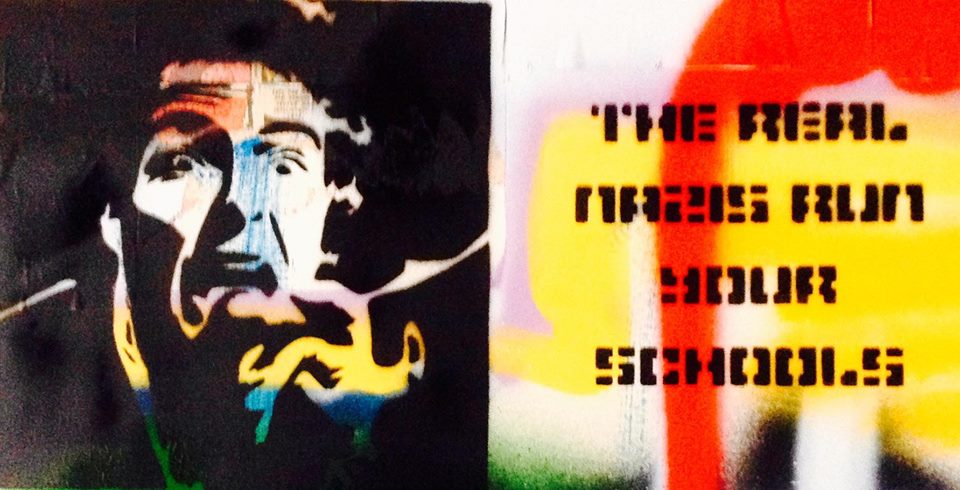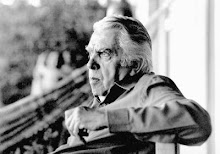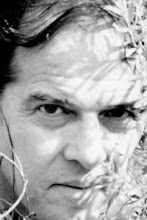Forest of symbols of systematic knowledge
We realized that the first step we had to take toward the rational and fully understood execution of an encyclopedia was to form a genealogical tree of all the sciences and of all the arts, one which would show the origin of each branch of knowledge and the connections each has with the others and with their common stalk, and which would help us relate the different articles to their main rubrics.
This tree of human knowledge could be formed in several ways, either by relating different knowledge to the diverse faculties of our mind or by relating it to the things that it has as its object. The difficulty was greatest where it involved the most arbitrariness. But how could there not be arbitrariness? Nature presents us only with particular things, infinite in number and without firmly established divisions. Everything shades off into everything else by imperceptible nuances. And if, on this ocean of objects surrounding us, there should appear a few that seem to break through the surface and to dominate the rest like the crest of a reef, they merely owe this advantage to particular systems, to vague conventions, and to certain events that have nothing to do with the physical arrangement of beings and with the true institutions of philosophy.
Denis Diderot
1713 - 1784


![[...]](https://blogger.googleusercontent.com/img/b/R29vZ2xl/AVvXsEjeNC2Kyxd34r2LuofHe9-vdXHeHwG3_2NhVmIOTlK2moU0Q4R7taMlS8iMmQgEl1-NdaRsPrLdREzfQZYKfUgjslwLZUZe67dAfFBREu-YRx6WGX-vAUt5eJT4_-lFwT4dGzGCQQ/s220/11798115_858304687558226_1857652538_n.jpg)














































